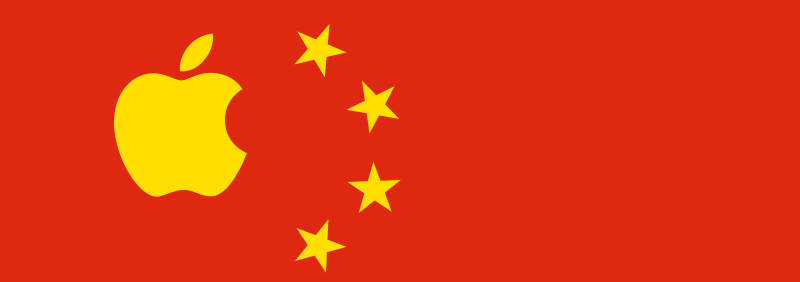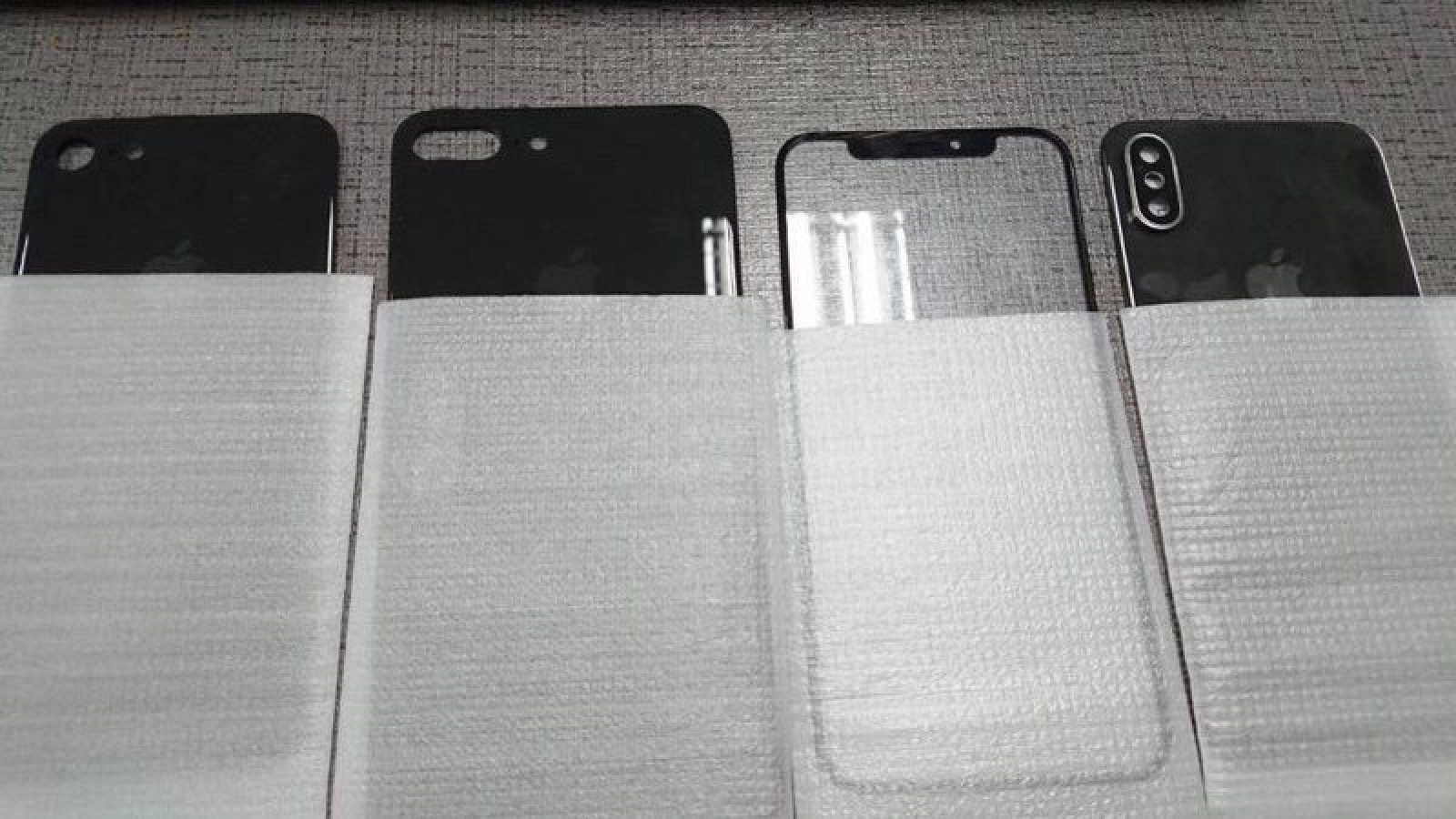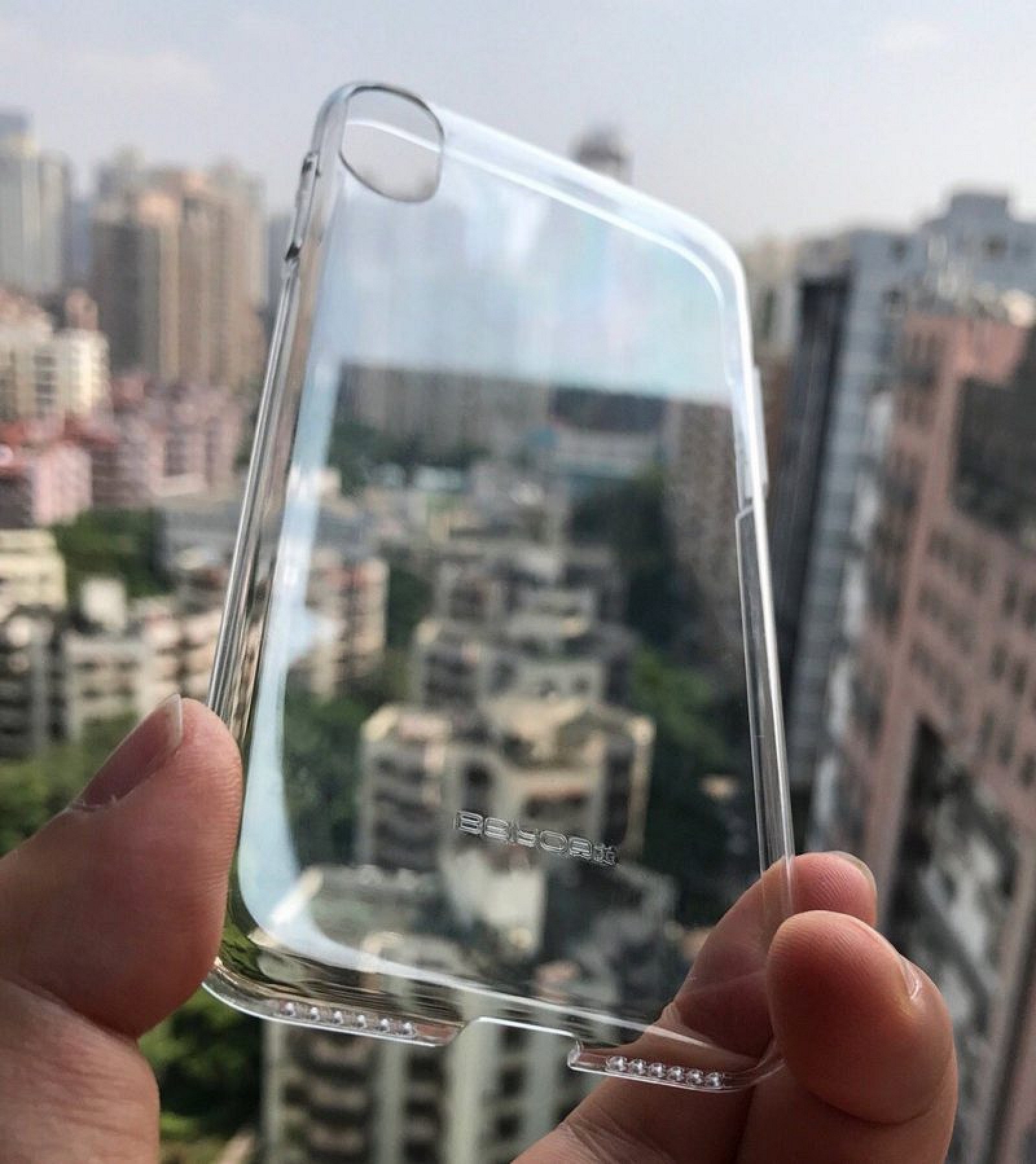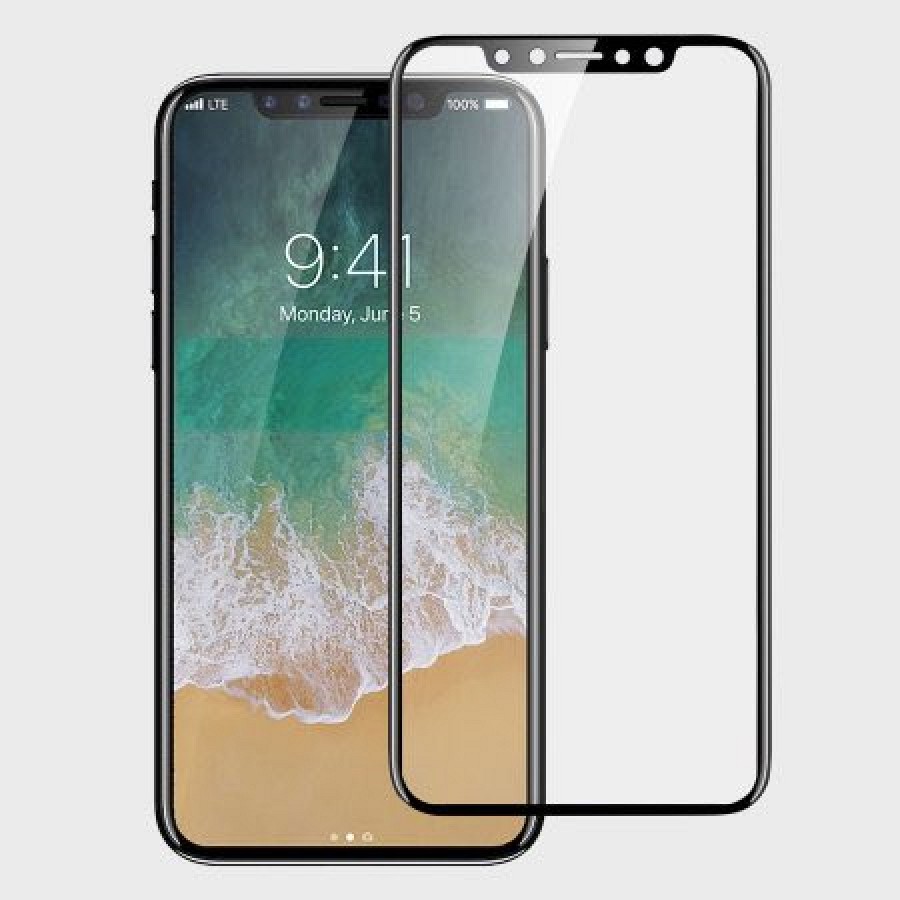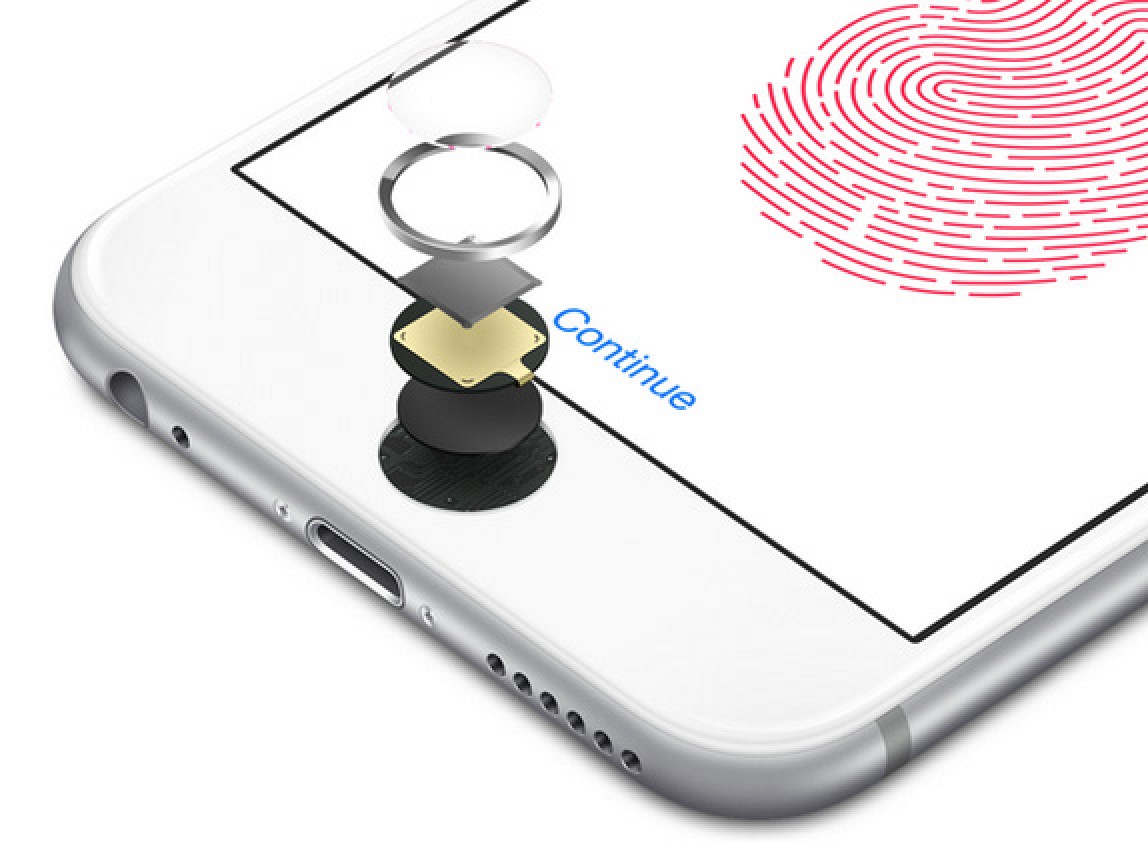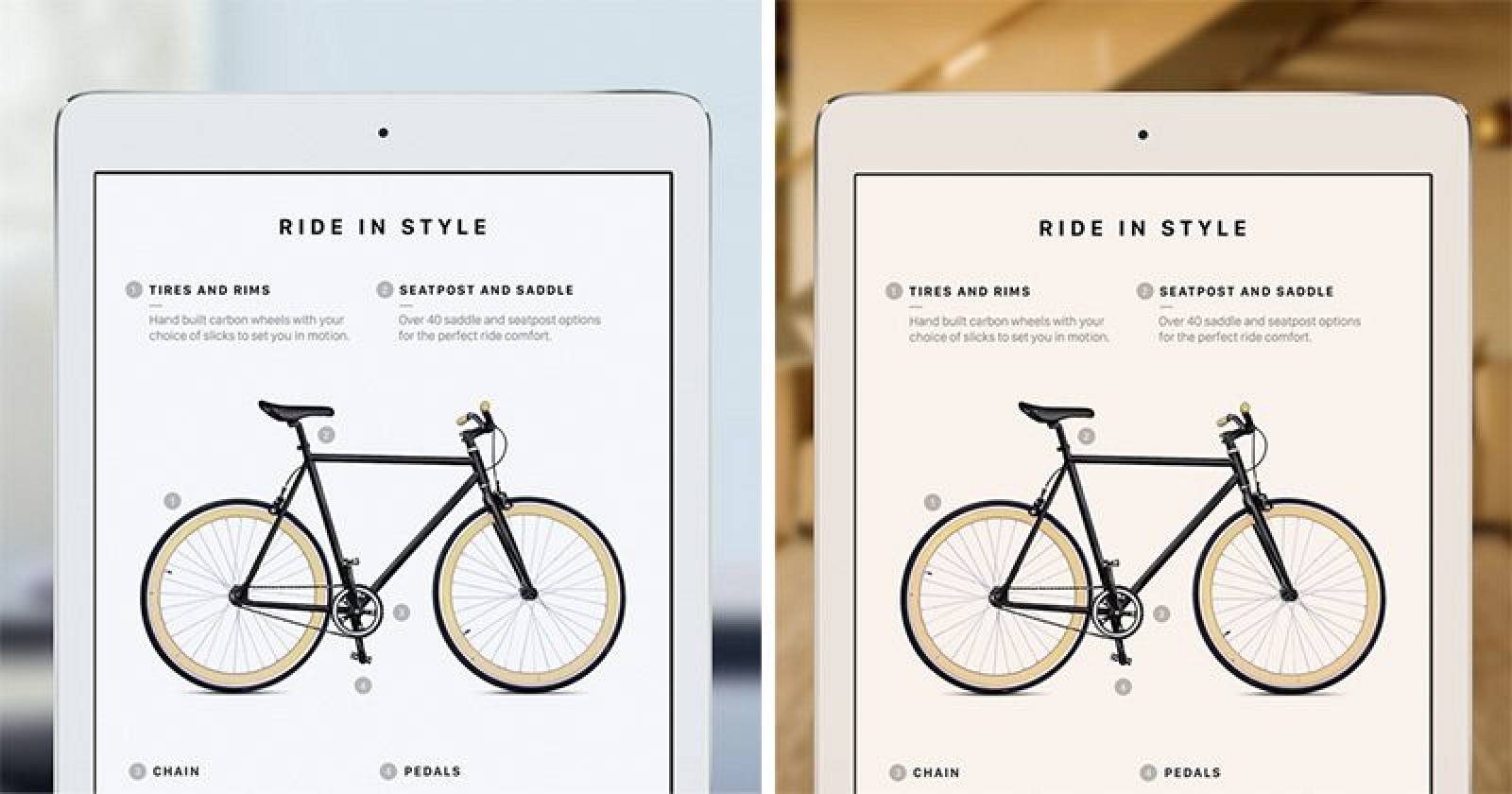Adobe announced news last week that it would dig a deep hole for its Flash Player, drop in the plug-in, and cover it with dirt by the end of 2020. So will end a technology that, in many ways, made the Web — even as users, security experts and browser makers took turns whacking it like a piñata at a six-year-old’s birthday party.
“We will stop updating and distributing the Flash Player at the end of 2020,” Adobe said in a post to its primary blog. The long lead time, the company contended, will give content makers time to complete the transition to Web standards, like HTML5 and WebGL.
The end-of-the-line date is farther to the right on the timeline than one expert expected. Nearly six years ago, just after Adobe declared that it was halting Flash Player development for mobile browsers, Al Hilwa of Gartner predicted that Flash would “continue until 2014 or 2015, depending on how Windows 8 takes off and how touch-based interfaces compete against traditional desktop interfaces.”
Because browsers have been the primary delivery vehicle for Flash content, how they handle the plug-in’s demise will be important to users and content creators alike. Each of the top four-browser makers — Apple, Google, Microsoft and Mozilla — have, to greater or lesser degrees, explained how they’re going to sunset Flash.
And maybe, just maybe, take one last lunge at that piñata.
How will Microsoft dead-end Flash?
Redmond plans a four-step death for Adobe’s once-a-kingpin technology.
Continuing through the rest of this year and into 2018. Edge will ask permission to run Flash the first time that website is visited. (That click-to-run functionality only made it into Edge in March, when Microsoft launched Windows 10’s 1703, aka “Creators Update.) Internet Explorer (IE) will allow Flash in all circumstances, as it does now, with no limitation.
In “mid to late 2018,” Edge will be updated so that it requires user authorization for each Flash session. No change to IE.
At the mid-to-late 2019 mark, both Edge and IE will default to a disabled Flash state. Users will have to manually re-enable Flash in both to view content. Edge will require site-by-site authorization.
By the end of 2020, Flash will be barred from running in Edge or IE. “Users will no longer have any ability to enable or run Flash,” said John Hazen. A program manager on the Edge team, in a post to a company blog. (After Jan. 14, 2020 — the retirement date for Windows 7 — IE will be supported only in Windows 8.1 and Windows 10.)
How does Google plan to kill Flash in Chrome?
Like Microsoft, Google will take it one step at a time.
Since late last year, Chrome has had Flash off by default, and has limited its use to 10 websites — Amazon, Facebook, YouTube and others — and then only after user approval.
According to the flash roadmap posted on the Chromium website — Chromium is the open-source project that feeds code to Chrome itself — around July 2018 (and with the debut of Chrome 66), sites that continue to use Flash will require explicit user okay to show that content. That user approval must be given after each browser restart.
A year later — in July 2019 and with Chrome 76 — Flash will be disabled by default, even for sites like YouTube and Facebook. However, users will be able to switch on Flash in the Settings screen.
Then, around December 2020 (with Chrome 87), Google will remove all Flash capabilities from its browser, ending a 12-year symbiotic relationship with Adobe’s app.
What does Mozilla plan for Firefox?
If you’ve heard this story, stop us.
On Aug. 8 Mozilla will release Firefox 55, which will start the end-game process of erasing Flash. But rather than be told what sites can use Flash. Firefox users get to choose the websites allowed to activate Flash. “Users will have the choice to remember the Flash setting per-site,” said Mozilla in its roadmap. The change will reach users next month and in September. (Mozilla typically rolls out major modifications over a longer stretch than other browser makers so that it can, if necessary, halt the process, and limit the damage, if a problem pops up.)
At some point in the second half of 2018, probably in Firefox 61 through Firefox 64, the browser will no longer remember the Flash setting. Users will have to activate the plug-in in each browser session.
In early 2019, Firefox will begin to display a warning on sites that still use Flash, and then, a few months later, Mozilla will disable Flash by default. Users will have to steer to the settings section to activate Flash.
By early 2020, the Flash plug-in will be scrubbed from Firefox. But the Firefox ESR (Extended Support Release), a more static build aimed at enterprises, will support Flash until the end of the year, Mozilla said. When Adobe halts Flash security updates at the end of 2020, Firefox, no matter the version, will refuse to load the plug-in.
Is Apple going to strip Flash from Safari, too
The short answer: it almost has already.
Not surprisingly, not after co-founder and former CEO Steve Jobs’ 2010 anti-Flash diatribe, Apple has had less to do with Flash, and more to do with kicking it to the curb, than any other operating system or browser maker.
Flash was never allowed on iOS, so Safari on mobile devices has always been a no-Flash zone. And on macOS, formerly OS X, Flash has been an unwelcomed guest for almost as long. Apple stopped bundling Flash in 2010, requiring users to go fetch the plug-in themselves. (Meanwhile, Chrome, and later, Edge, came with Flash baked into those browsers.)
In 2012, Apple was the first to start stripping out-of-date versions of Flash from its browser. A year later, it was the first to save notebook battery juice by freezing Flash content on Web pages until a user clicked to activate. And in 2016, it was the first to disable the Flash plug-in by default.
But Apple, or more accurately the open-source WebKit. The project that pushes code to Safari, had little to say when Adobe announced the 2020 retirement of Flash. “Apple is working with Adobe, industry partners, and developers to complete this transition,” a post to the WebKit blog stated.
Neither WebKit or Apple has published a roadmap, even a crude one, to show the milestones toward total Flash annihilation. That’s not a shock: Apple doesn’t do roadmaps. But if you’re a betting person, bet that Safari bans any kind of Flash operability long before do Apple’s rivals.
for more news & blogs visit our website








